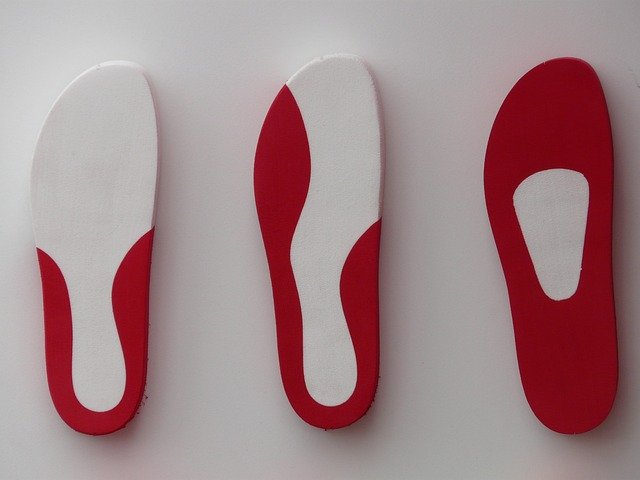Orthopedic Shoes: Support, Fit, and Effects on Feet and Knee
Orthopedic shoes are designed to reduce pain, improve comfort, and support normal foot function for people with a range of conditions. They combine structural features—like extra depth, firm heel counters, and removable insoles—with softer materials to accommodate deformities, swelling, or custom orthotics. Choosing the right pair involves understanding how shoes interact with your foot and overall alignment, and matching features to specific needs.

This article is for informational purposes only and should not be considered medical advice. Please consult a qualified healthcare professional for personalized guidance and treatment.
What are orthopedic shoes and key features
Orthopedic shoes are footwear engineered to provide enhanced support, stability, and comfort compared with typical retail shoes. Common features include a wider toe box to reduce pressure on toes, deeper interiors to accept orthotic inserts, firm heel counters for rearfoot stability, and midsoles with targeted cushioning or motion-control elements. Some styles use rocker soles to reduce forefoot stress or specialty outsoles to improve traction. Materials and design vary by manufacturer and intended purpose, so assessing which features match your foot structure and activity level is important.
How shoes affect the foot and everyday function
Shoes influence how the foot bears weight, distributes pressure, and absorbs shock during walking and standing. Properly fitting shoes can reduce hotspots, limit abnormal motion, and protect skin and joints. Conversely, ill-fitting shoes can cause calluses, corns, blisters, bunions, and contribute to altered gait patterns. For people with sensitive feet—such as those with neuropathy or diabetes—shoes with a roomy toe box, smooth interiors, and removable insoles for custom orthotics can help reduce injury risk and improve comfort during daily activities.
Can orthopedic shoes influence knee comfort and alignment
Footwear affects forces transmitted up the leg. By improving foot alignment and controlling excessive pronation or supination, orthopedic shoes can alter knee loading patterns and, for some people, reduce strain on tissues around the knee. Features like supportive arch structures, firm heel control, and appropriate cushioning can help maintain a more neutral alignment through heel strike and push-off. While shoes are only one part of knee pain management, selecting footwear that complements any prescribed orthotic or rehabilitation plan can be a useful component of overall joint care.
Choosing orthopedic shoes in your area
When looking for orthopedic shoes or specialized fitting services in your area, start by identifying local services that offer professional measurement and gait assessment. Certified pedorthists, orthotists, and some podiatrists can evaluate foot mechanics and recommend shoe models or custom orthotics. Retailers that specialize in therapeutic footwear often carry multiple brands and can test-fit removable insoles. Consider activity needs (walking, standing, work duties) and any medical considerations such as diabetes or circulatory concerns when selecting a provider or shoe model.
Care, fitting tips, and when to seek help
A well-fitting orthopedic shoe should feel snug at the heel, provide room for toes to wiggle, and allow the foot to sit comfortably without pressure on bunions or sensitive areas. Have your feet measured while standing and try shoes later in the day when feet tend to be at their largest. If you need added support, removable insoles let you insert custom orthotics prescribed by a clinician. Inspect shoes regularly for wear patterns that may indicate altered gait, and replace them when midsoles compress or outsoles wear unevenly. Seek professional evaluation if you experience persistent pain, numbness, skin breakdown, or changes in walking pattern.
Conclusion
Orthopedic shoes are a practical option for people needing extra support, pressure relief, or accommodation for foot differences. Matching shoe features to individual foot shape, activity level, and any clinical recommendations helps ensure the most benefit. For persistent or complex problems affecting the foot, feet, or knee, coordinated care with a healthcare professional can guide appropriate footwear and adjunct treatments.






